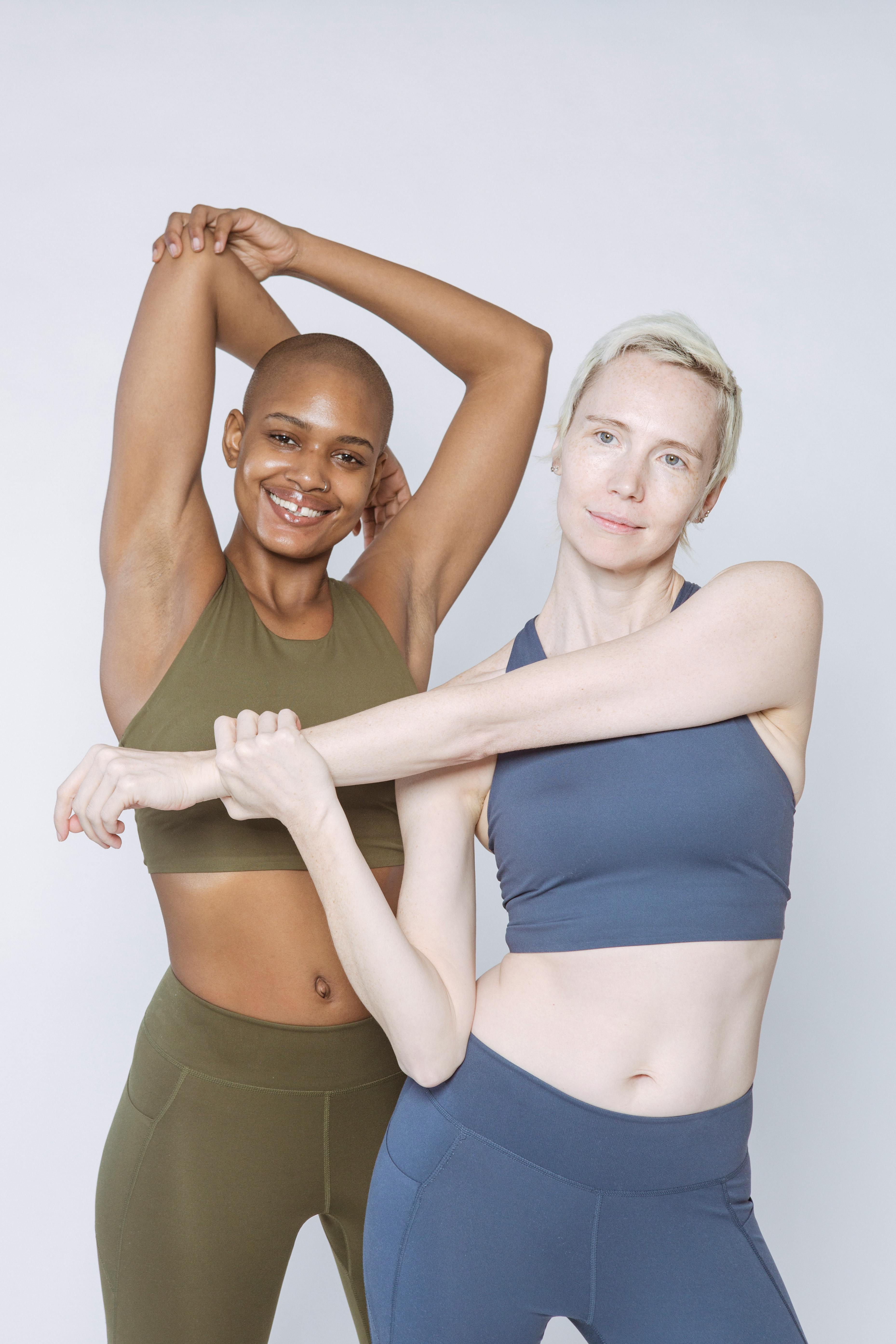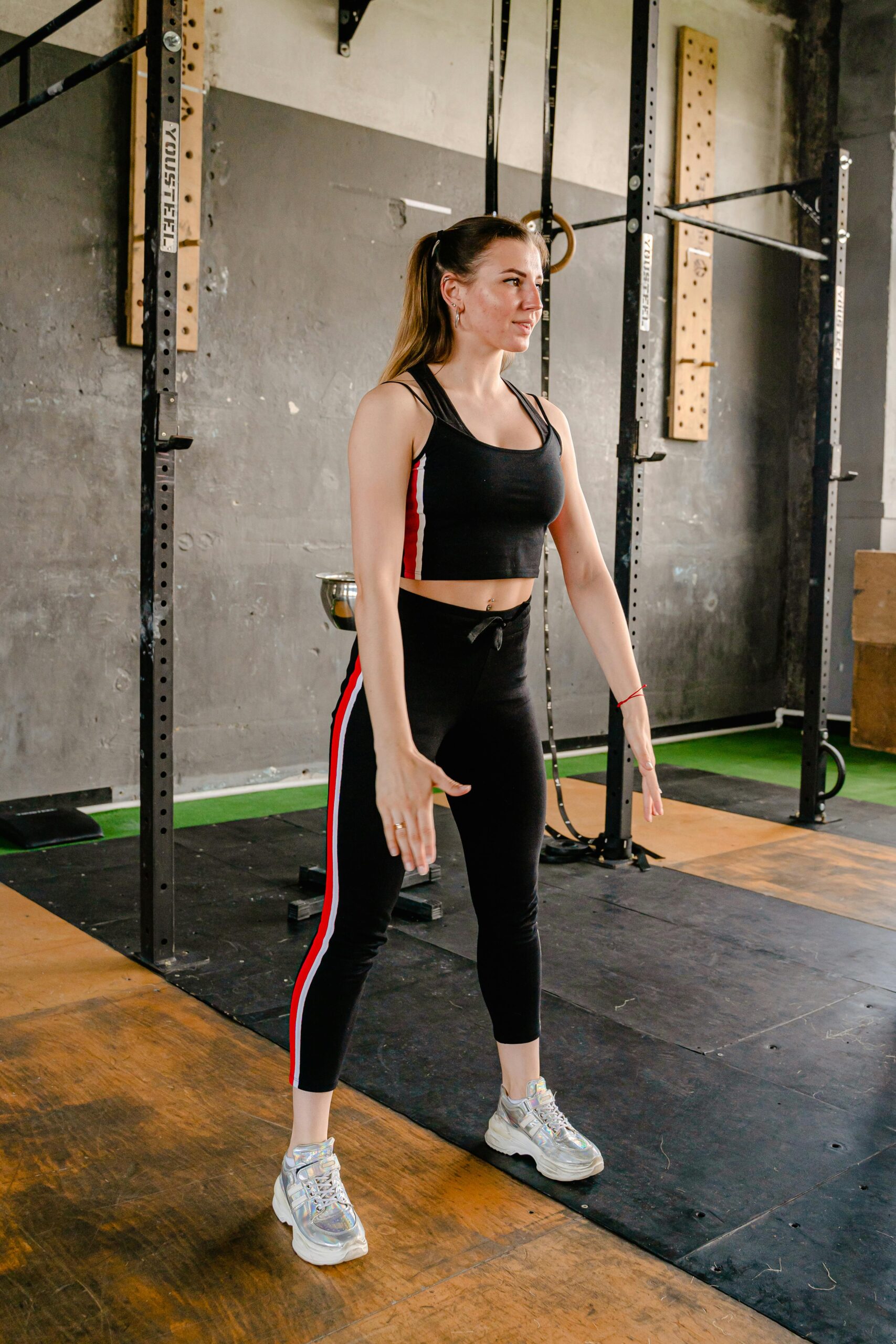Practical Guide to Your Trainingsplan Ganzkörper: Optimize Your Fitness in 2025
In a world where fitness and well-being are top priorities, creating an effective trainingsplan is essential for anyone looking to achieve their health goals. Whether you are just starting your journey or looking to enhance your fitness level, a well-structured ganzkörpertraining program lays the groundwork for success. In this comprehensive guide, we’ll explore how to optimize your fitness in 2025 by focusing on effective workouts, proper nutrition, and establishing a sustainable fitness routine.
Throughout this article, we will delve into various fitness strategies including krafttraining, ausdauertraining, and beweglichkeit. Furthermore, we’ll provide tips on how to stay motivated, track your progress, and ensure you’re utilizing the best practices to reach your fitnessziele effectively. By the end of this guide, you will have a clear understanding of how to build and maintain an effective training plan, setting the stage for a healthier, fitter you.

Essential Elements of an Effective Trainingsplan
Understanding Ganzkörpertraining
Ganzkörpertraining focuses on engaging multiple muscle groups in a single workout session, making it ideal for those aiming for comprehensive fitness improvements. This approach not only promotes muscle growth and endurance but also accelerates fat reduction and cardiovascular health. By integrating both strength and conditioning exercises, ganzkörpertraining provides a well-rounded fitness regimen suitable for all fitness levels.
Typical exercises in a ganzkörpertraining program include compound movements such as squats, deadlifts, and bench presses, which activate several muscle groups simultaneously. Importantly, this method also aids in boosting metabolic rates, thus contributing to efficient fat loss and muscle definition. Moreover, including varied exercises can keep your workouts engaging, reducing the likelihood of injury and maintaining a high motivation level.
Creating Your Own Trainingsplan
To design an effective trainingsplan, start by assessing your current fitness level and setting realistic objectives. Consider factors such as your available time commitment, preferred workout intensity, and any existing health conditions. A personalized plan should include specific goals such as enhancing strength, improving endurance, or achieving better flexibility.
For beginners, it is recommended to schedule workouts three times a week, focusing on full-body routines. As your fitness improves, you can gradually increase the complexity and frequency of your workouts, adding variation to prevent plateaus and stagnation. Tracking your progress through a training diary can help keep you accountable and motivated.
Integration of Nutrition in Your Fitness Journey
Nutrition plays a pivotal role in achieving your fitness goals. A balanced ernährungsplan that supports your training can enhance energy levels, accelerate muscle recovery, and promote overall health. Aim for a diet rich in whole foods, including lean proteins, healthy fats, and complex carbohydrates.
Consider meals that will facilitate muscle recovery post-workout. Incorporating protein-rich snacks like müsliriegel or protein shakes can help meet your daily needs and support muscle repair. Additionally, staying hydrated and monitoring your nutrient intake will further contribute to improved performance during your training sessions.
The Importance of Warm-Up and Cool Down
Before engaging in any workout, a proper warm-up consisting of dynamic stretches and mobility exercises is crucial to prepare your body. This practice not only reduces the risk of injury but also enhances your performance by improving blood flow to the muscles.
Equally important is the cool-down phase. After a workout, incorporating static stretches can aid muscle recovery by promoting flexibility and reducing muscle soreness. Such routines are particularly effective in enhancing your overall performance during subsequent trainingseinheiten.
Tracking Progress and Staying Motivated
Establishing a routine is critical, but tracking your progress is equally essential. Set measurable benchmarks for your fitness journey, whether that’s lifting heavier weights, completing more reps, or improving your endurance. An effective approach involves reviewing progress at regular intervals, making adjustments to your trainingsplan as necessary.
Moreover, maintaining a positive mindset through motivational techniques such as visualizations, setting small achievable goals, and rewarding milestones is vital for sustaining momentum in your fitness journey. Engaging with others—such as joining a fitnessbranche community or working with a personal trainer—can also enhance your motivation and accountability.

Adapting Training Based on Goals
Strength Training for Muscle Growth
If your primary goal is to build muscle, strength training should be at the forefront of your trainingsplan. Incorporate progressive overload concepts, challenging your muscles consistently. This strategy can help in achieving significant muscle hypertrophy or growth over time.
It’s crucial to focus on different muscle groups throughout the week. For example, dedicating one day to upper body workouts and another for lower body can ensure balanced development. Additionally, compound exercises should be prioritized, as they yield greater gains compared to isolated movements.
Improving Endurance through Ausdauertraining
A well-rounded fitness program should also include ausdauertraining to enhance cardiovascular health and increase overall stamina. Activities such as running, cycling, or swimming can significantly improve your endurance levels when performed consistently.
Structuring your aerobic sessions can utilize interval training, where periods of high intensity are alternated with lower intensity recovery phases. Integrating this variability will not only keep your training interesting, but also optimize fat burning and improve aerobic capacity.
Balancing Flexibility and Mobility Training
Flexibility and mobility are critical components that are often overlooked. Incorporating beweglichkeit exercises into your routine can help improve performance by ensuring that muscles and joints have the necessary range of motion. Practices such as yoga or Pilates can be beneficial and serve as excellent recovery methods.
Creating a weekly schedule that includes dedicated flexibility training will enhance your ability to perform various movements more efficiently. This can lead to reduced injury risk during more intense workouts, allowing for a more sustainable fitness journey.
Incorporating Cardio for Fat Reduction
Whether your focus is on muscle growth or endurance, integrating cardio is beneficial for reducing body fat and improving cardiovascular health. Choose activities that you enjoy to maintain motivation, and alternate between steady-state and high-intensity interval training.
Research indicates that including a mix of cardio modalities can also enhance your metabolic rate, making your body more efficient at burning fat. Aim for at least 150 minutes of moderate-intensity cardio or 75 minutes of high-intensity training weekly for optimal results.
Final Thoughts on Tailoring Your Fitness Journey
Successfully navigating your fitness journey requires flexibility and adaptability. Regularly reevaluate your trainingsplan to suit your changing goals, preferences, and health status. An effective plan encompasses a variety of training methods which can not only enrich your workouts but also lead to improved gesundheitsförderung and a deeper enjoyment of physical actividad.
Q&A: Common Questions About Your Trainingsplan
How Often Should I Train?
For beginners, aiming for three sessions per week is an excellent starting point. As you advance, consider increasing the frequency to four or five times weekly, depending on your objectives and recovery capacity.
What is the Best Time to Train?
The best time to train varies from person to person. It’s crucial to choose a time that fits best into your daily routine and when you feel the most energized. Experiment with different timings to discover what works for you.
Can I Work Out at Home?
Absolutely! With the rise of bodyweight exercises and effective home workout programs, zuhause trainieren has become feasible for everyone. Ensure you have the necessary equipment if needed and create a conducive workout environment.
What’s the Importance of Rest Days?
Rest days are vital for recovery and muscle growth. They help prevent burnout and overtraining, allowing your body the necessary time to repair and grow stronger. Schedule your rest days as strictly as your workout days.
What Should I Eat Before a Workout?
Focus on a balanced meal that combines protein and carbohydrates approximately one to two hours before your workout. A smoothie or a piece of fruit combined with a protein source can provide the energy you need to perform optimally.
